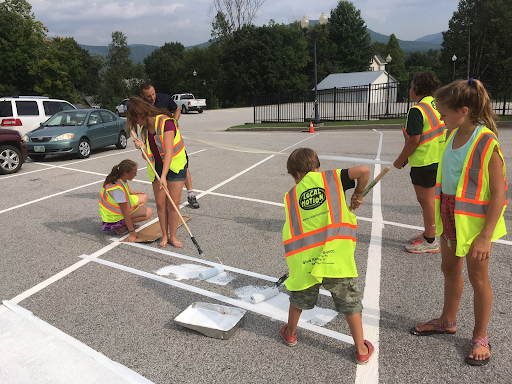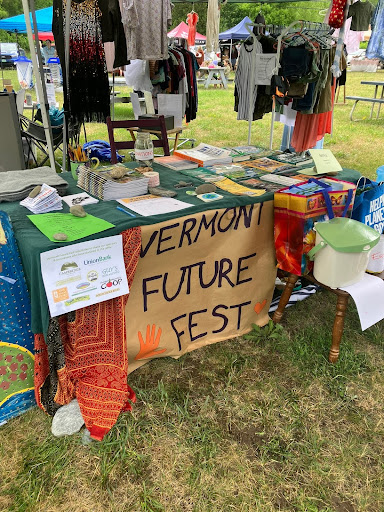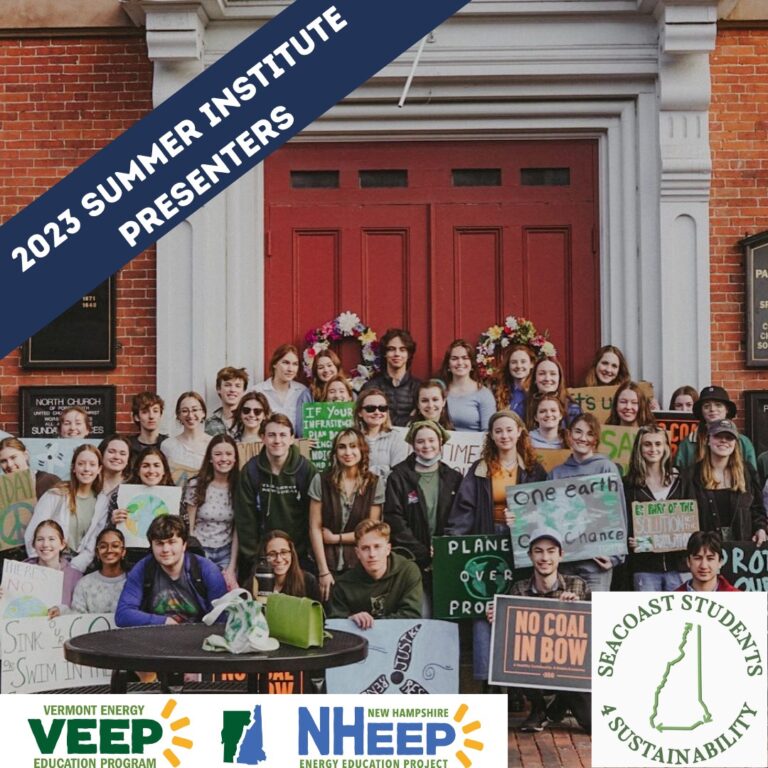A 7th grader student at Essex Middle School wanted to supplement the school’s rooftop solar array with a smaller scale renewable energy generator that students could see and interact with. With the help of VEEP educator Mariah Keagy, the 7th grader student embarked on a feasibility study into small scale wind energy. He learned how wind generation worked using VEEP’s mini wind generators, and used data available from Vermont’s Energy Atlas to map whether the site was suitable for wind. The student and Mariah then waded through small scale wind siting requirements in a final assessment. While the conclusion wasn’t favorable for wind power, the 7th grader persevered and decided on a small solar installation to offset the energy use of the school’s sugarhouse. Mariah brought tools to help the student measure the electrical load of the sugarhouse and figure out placement to optimize solar energy.
Project Steps Taken
1) Identify project goal: To look at the feasibility of installing wind powered electrical generation on the middle school property for both generation and educational purposes.
2) Learn more about how electricity is generated using the wind by borrowing VEEP’s wind generators, research, and discussion with VEEP educator.
3) Look on the Vermont Community Energy Dashboard’s Energy Atlas to see how much wind energy is available for the site.
4) Begin to look at designs and costs for installation (online research)
5) Download and review the wind siting guidelines for Vermont (with VEEP educator support)
6) Conclude that due to the wind mapping and difficulty of siting, wind energy is not the most viable renewable energy option at this time.
7) Assess other renewable energy options
8) Decide that although the school already has solar panels, there is not opportunity for interaction or education with them (the software for the online data display was not going to be updated) and new goal: install solar panels on school’s sugar shack to both offset energy used by the shack (primarily lighting) and to provide an educational opportunity for students with solar panels they could see and interact with…
Steps for Solar Panel Project
1) Figure out how much electricity is used by the sugar shack with the loan of a killowatt meter (from VEEP)
2) Look at the cost of the panel, battery etc. to transition to off-grid solar power
3) Test to make sure there was enough sunlight on site using one of VEEP’s Solar Site Assessment Kits and then conclude the site is viable
4) Work with school decision makers for permission 5) Compile findings and apply for funding for installation







